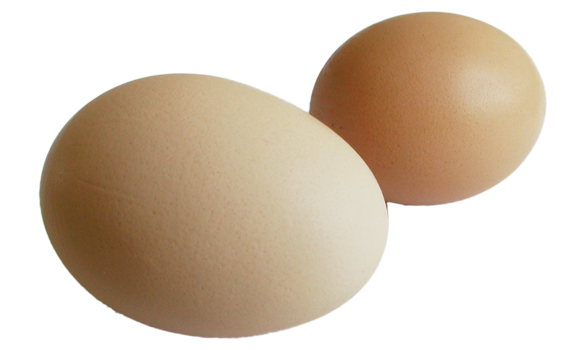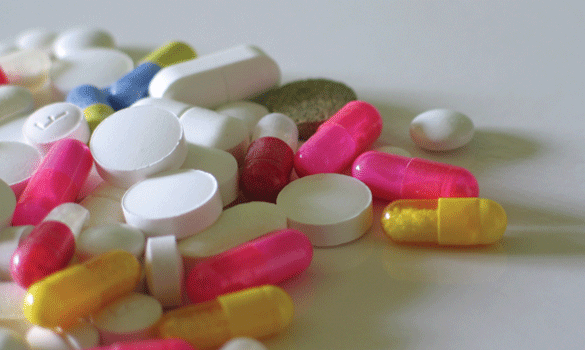What’s in my water?
Does your water taste funny? Smell odd? Look, well… not normal? We can help.
Do you notice that your water seems “off”? If your water tastes metallic, smells like rotten eggs, or leaves spots and stains, you may have a water quality problem. Whether you’ve noticed one indication or several, or whether you haven’t noticed a problem but you want to find out for sure, our Shore Water Refining Professionals are qualified to perform an easy and comprehensive in-home water analysis to recommend the right solution. Whether it is hard water treatment or a remedy for another water issue, stop worrying about “what’s in my water” and take action so you can get back to enjoying your water.
CLICK ON A WATER ISSUE OR CONTAMINANT TO LEARN MORE.
























